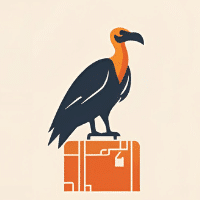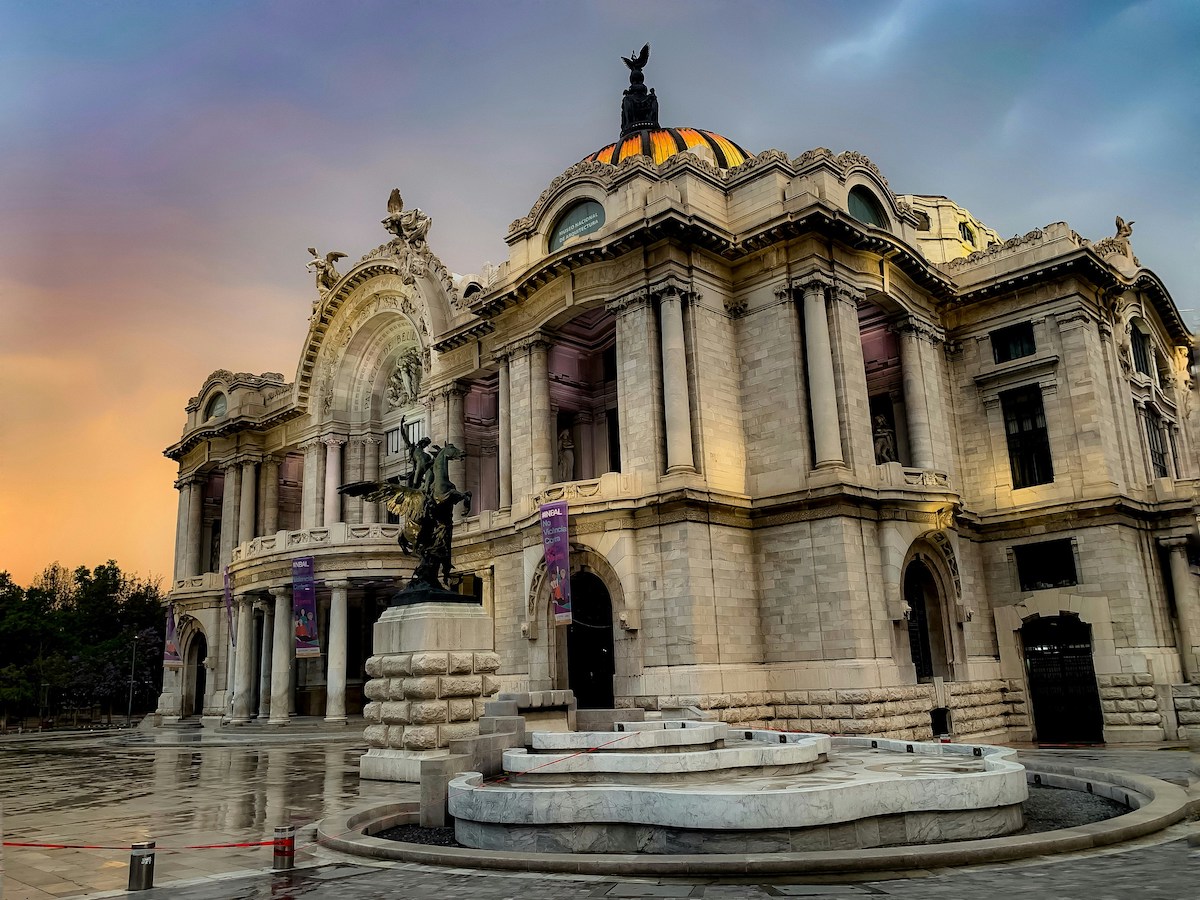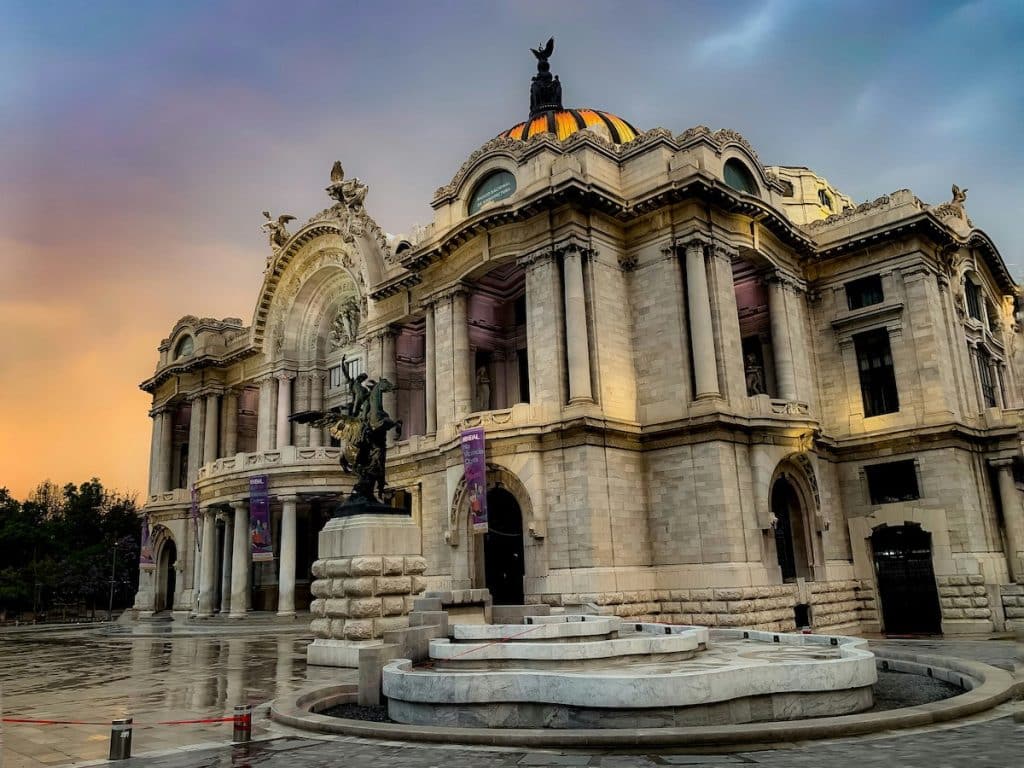
Centro Historico: Attractions, Museums and More
The Mexico City center, or Centro Historico, is home to some of CDMX’s biggest attractions. It’s usually one of the first stops on a Mexico City trip and rightfully so. In our Mexico City Centro travel guide, we’ll check out Centro’s best places to see, eat, drink and more.
Originally built on an island surrounded by Lake Texcoco, Centro Historico, once called Tenochtitlan, has changed drastically in the last few centuries.
There are certainly remnants of the pre-Hispanic past which blend and clash with colonial and more modern stylings.
Centro Travel Guide: A Quick Itinerary
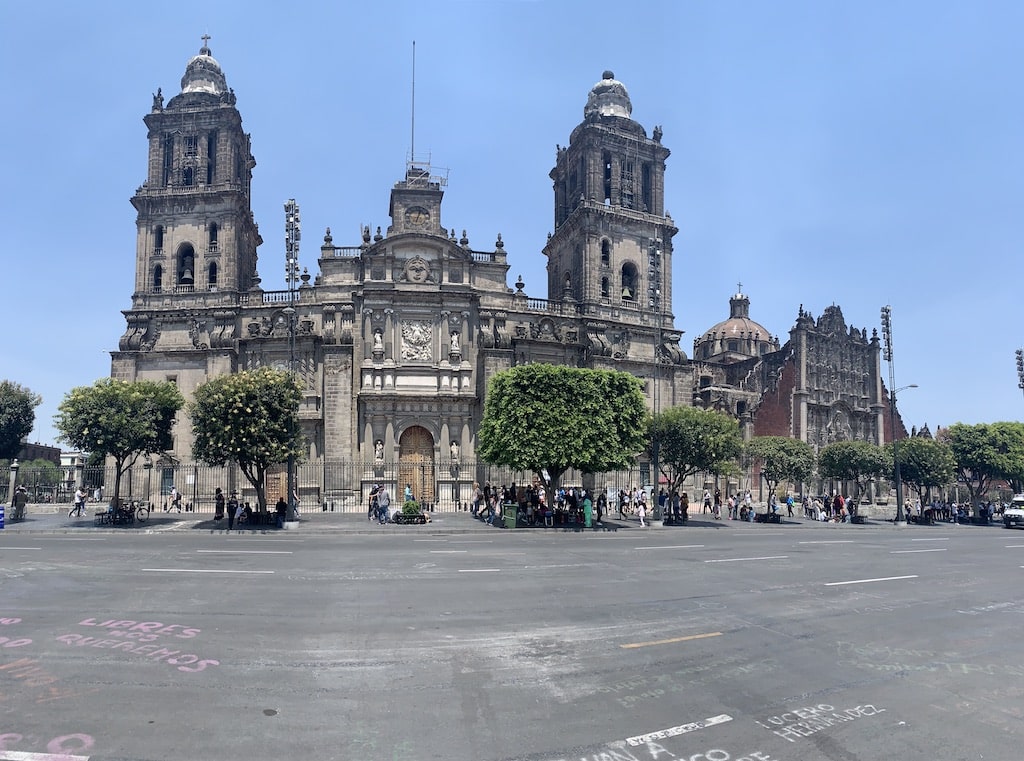
I went to the Centro a number of times when I lived in CDMX and had a relatively streamlined itinerary for showing first-time visitors around.
In the Zocalo, I highly recommend heading into the Catedral Metropolitana, which is next to the Palacio Nacional. Both the cathedral and national palace are free to enter and worth the visit.
For an excellent view of the Zocalo, visitors can eat at the nearby Balcon del Zocalo restaurant.
México City’s cathedral was built on top of Templo Mayor, which was once a massive pyramid in the center of the pre-Hispanic Tenochtitlan.
Behind the cathedral, visitors can see the remnants of the pyramid. There is a museum (95 pesos) that takes you into the excavations but a lot is visible from the exterior viewing decks.
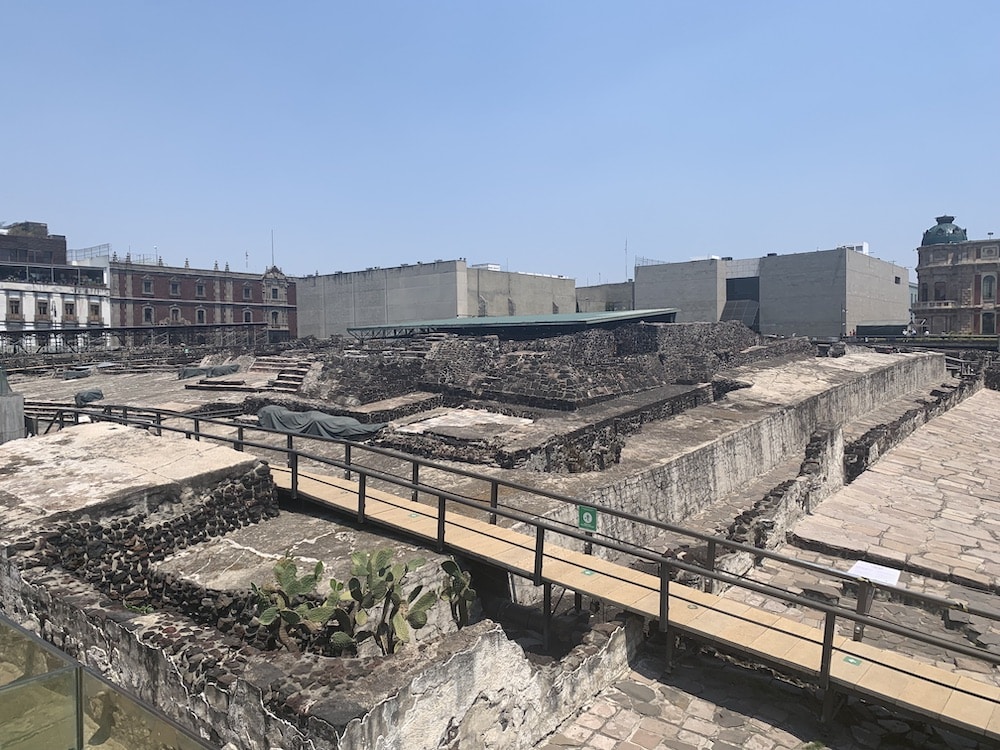
Heading further west, Centro travel guides highly recommend heading into the free Palacio Postal.
The post office portion of it is still in use today. The architecture is striking and there is a small and free museum in the building.
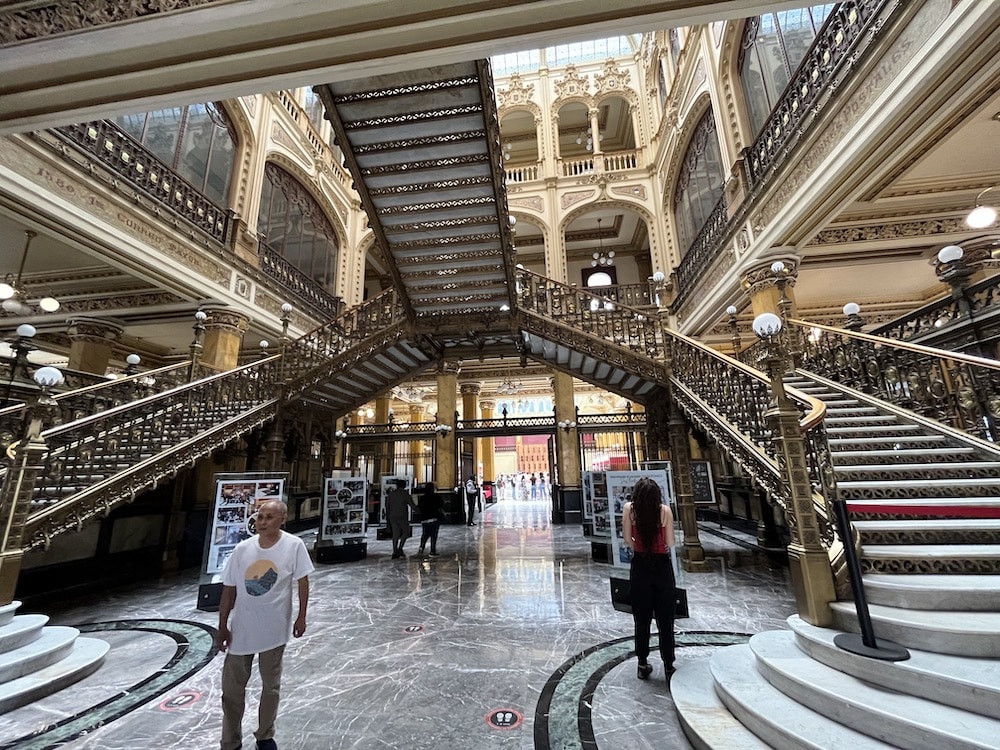
Palacio de Bellas Artes is nearby, which is an architectural marvel both inside and out and. Its lobby is free to visit and the building has an elaborate interior and murals by Mexican artists. There are frequent music, opera, dance and theater performances.
Bellas Artes also has a accompanying museum, which is usually 90 pesos, but free on Sundays for Mexican nationals and foreign tourists alike.
To get the best view of Bellas Artes, and the city’s skyline, go up to the Mirador Torre Latino for 215 pesos.
While this is a good place to start in Centro with a limited amount of time, there are plenty of other things to do.
Museums
Centro travel guides highly recommend visitors head to some of Mexico City’s world class museums.
However, travelers should be aware that many museums and attractions are free for Mexican nationals on Sunday.
That makes Sunday the busiest museum day. So, I’d recommend going on a weekday for fewer crowds.
If you only have time for one museum in Centro, MUNAL (90 pesos) might be the best choice. It is México’s national art museum and has an extensive collection of works.

It has a stunning interior and mostly contains works from the mid 16th to mid 20th centuries.
Recent reports state the sculpture portion is only open on the weekends so it’s worth checking before visiting.
The Museo de Arte Popular (60 pesos) contains Mexican folk art and many say it is one of the most underrated museums in the city.
Crafts from all over the country, which highlight Mexico’s regional differences and eccentricities, are on display in this museum. It also has an entire section on Dia de los Muertos.
A five minute walk away, you’ll find the Diego Rivera Mural Museum (45 pesos). It’s notable for Rivera’s Dream of a Sunday Afternoon in the Alameda Central.

Plenty of people play chess right near the museum and you can join in a game afterward.
Then, head right across the street to Alameda Central. It is CDMX’s oldest public park and served as the inspiration for the mural.
The Museo Kaluz (90 pesos) is also nearby and it’s a quiet alternative to the others on this list. It features Mexican art from the last four centuries.
Centro Travel Guide: Markets
What would a visit to Centro be without heading to one of its famous markets? Mercado San Juan and Mercado de la Merced are two places to try some authentic Mexican food at low prices.
Comida corrida, literally food on the run, is CDMX’s best value option for lunch.
Also known as menú del día, comida corrida is typically served from 1-5 p.m. at mom and pop restaurants and hawker stalls called fondas. Some fondas are located inside of markets.
Menú del día is filling, as it features multiple courses with a choices for each course.
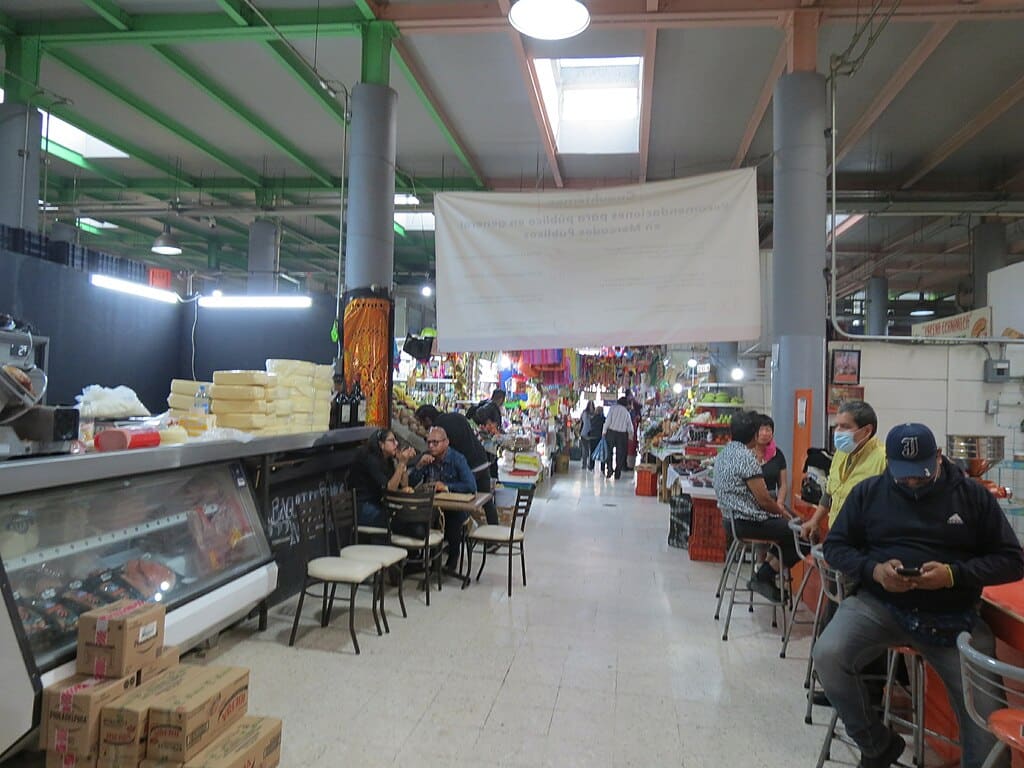
Mercado de San Juan Pugibet is close to Mercado San Juan. There are more gourmet options at San Juan Pugibet, including imported cheeses and meats.
You can get sandwiches for lunch and there’s a big selection of insects to try as well!
Meanwhile, Tianguis La Lagunilla is a flea market where you’ll find all types of clothes, furniture, souvenirs and food.
Mercado de Artesanias La Ciudadela is a big artisan market with plenty of crafts and folk art suitable for souvenirs.
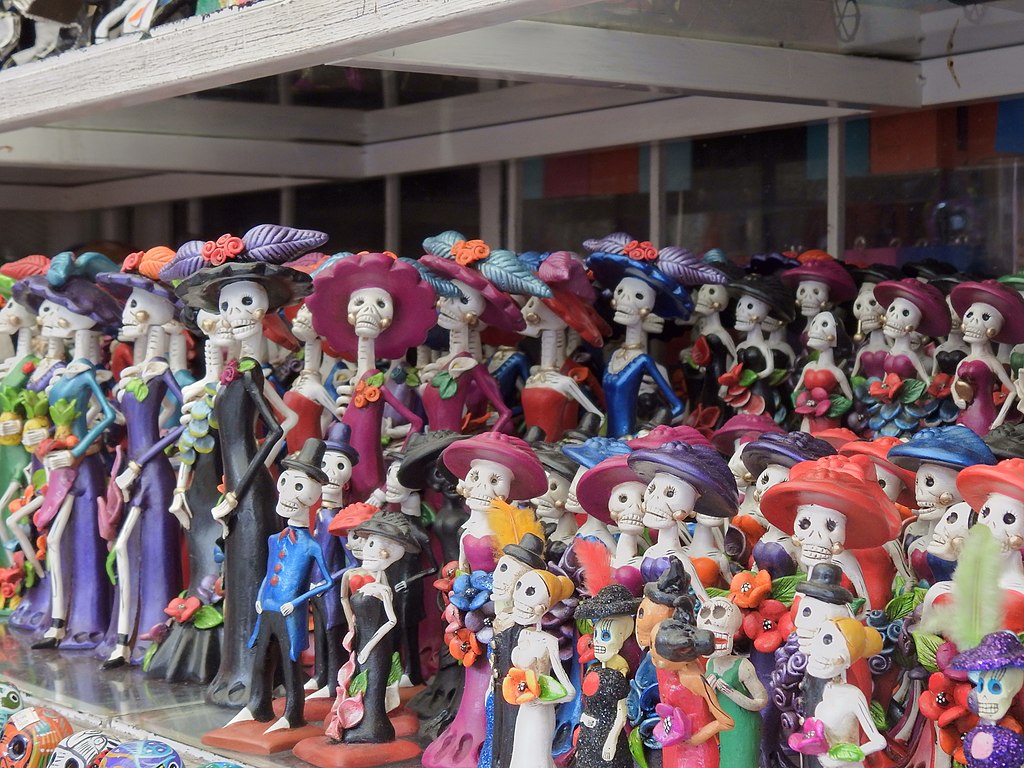
Other Things to Do
Biblioteca de Mexico is open to the public and this library is housed in a beautiful building.
It’s a relaxing place to get away from the hustle and bustle of Centro.
Plaza Garibaldi is a public square where you can grab food and drinks and listen to traditional mariachi bands.
Just be aware of your surroundings here, especially at night.
While not technically in Centro, there are a couple of big attractions nearby.
Monument to the Revolution, in nearby Tabacalera, is an iconic arch that commemorates the Mexican Revolution.
For 150 pesos, you can go up to the observation deck for a view of the city.
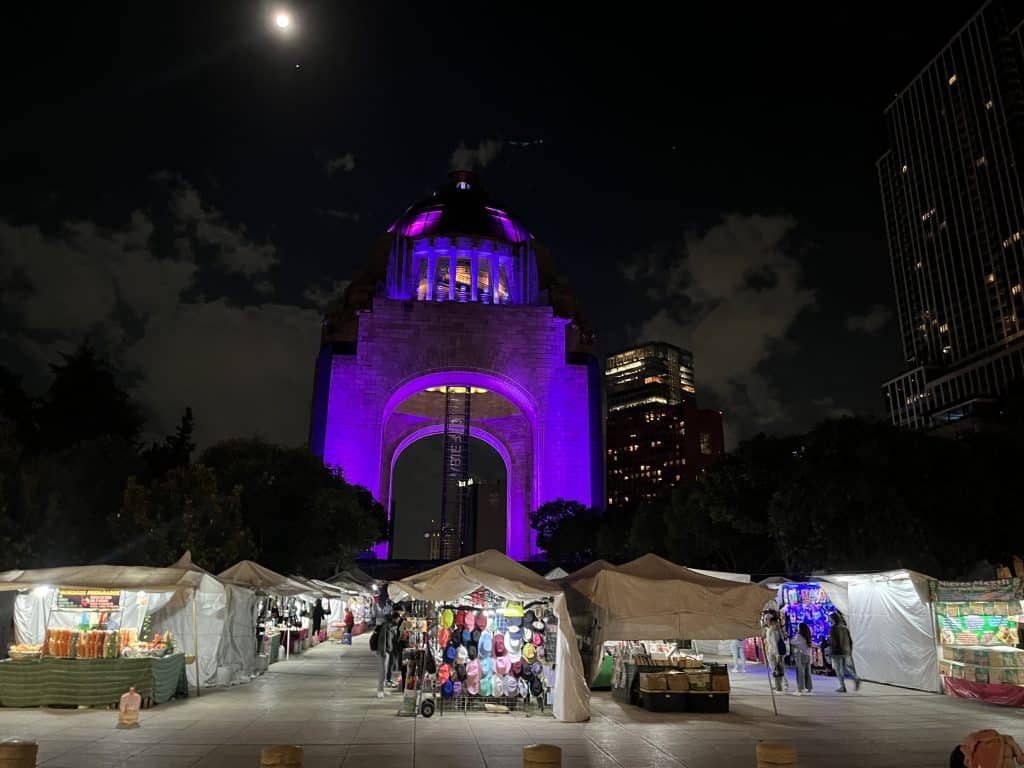
Tlatelolco is an archaeological zone north of Centro and admission is only 75 pesos.
Tlatelolco was another pre-Hispanic city state and the area is historic for multiple reasons.
The Spanish built the Colegio de Santa Cruz de Tlatelolco in 1536 and it is the oldest European higher-learning institution in the Americas.
The adjacent Plaza de las Tres Culturas was the site of the 1968 Tlatelolco massacre. There is a memorial museum in the plaza as well as a local history museum.
Eat and Drink
You’ll be able to find most Mexican foods by heading to the markets I’ve already mentioned. I’ve also mentioned Balcon del Zocalo, which is one of the most popular, and scenic, restaurants in Centro.
Some other relatively upscale options for modern Mexican food include Cafe de Tacuba, Restaurante Mercaderes, Azul Historico and El Cardenal.
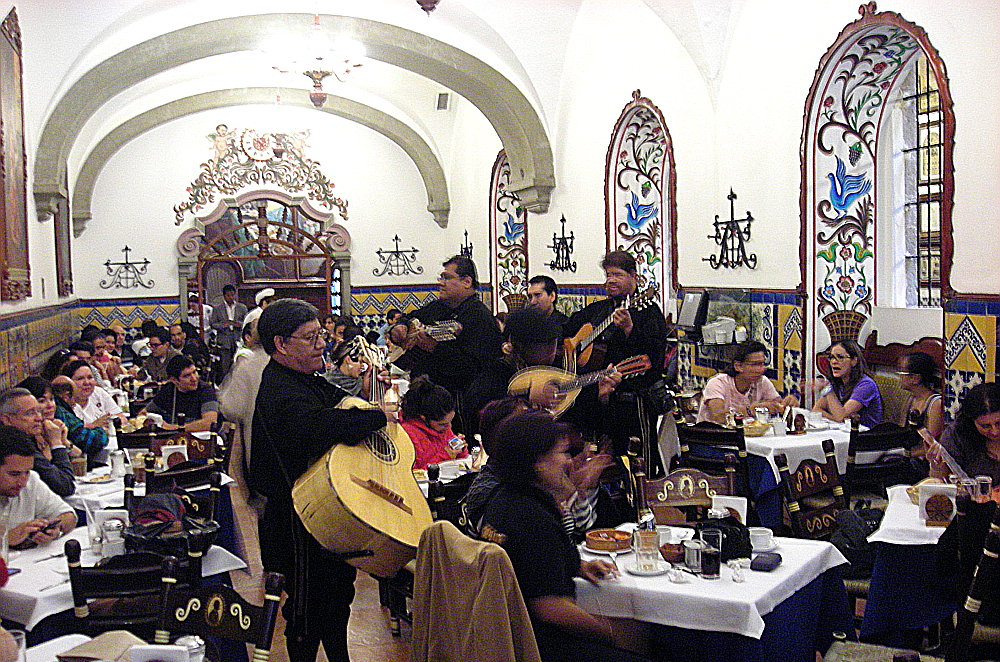
Meanwhile, Casa de Toño is a fast casual CDMX chain which does everything from breakfast to late night food at reasonable prices. There are two locations in Centro.
Los Callejeros is another budget option with an extensive menu.
The ultimate budget food in CDMX is tacos. There are plenty of taquerias in Centro including Los Paisas, Taqueria El Torito, Taqueria Miranda, Taqueria Arandas and El Cuatro 20.
Mexico City is well-known for its excellent tacos al pastor and you can hardly go wrong ordering them at most taquerias.
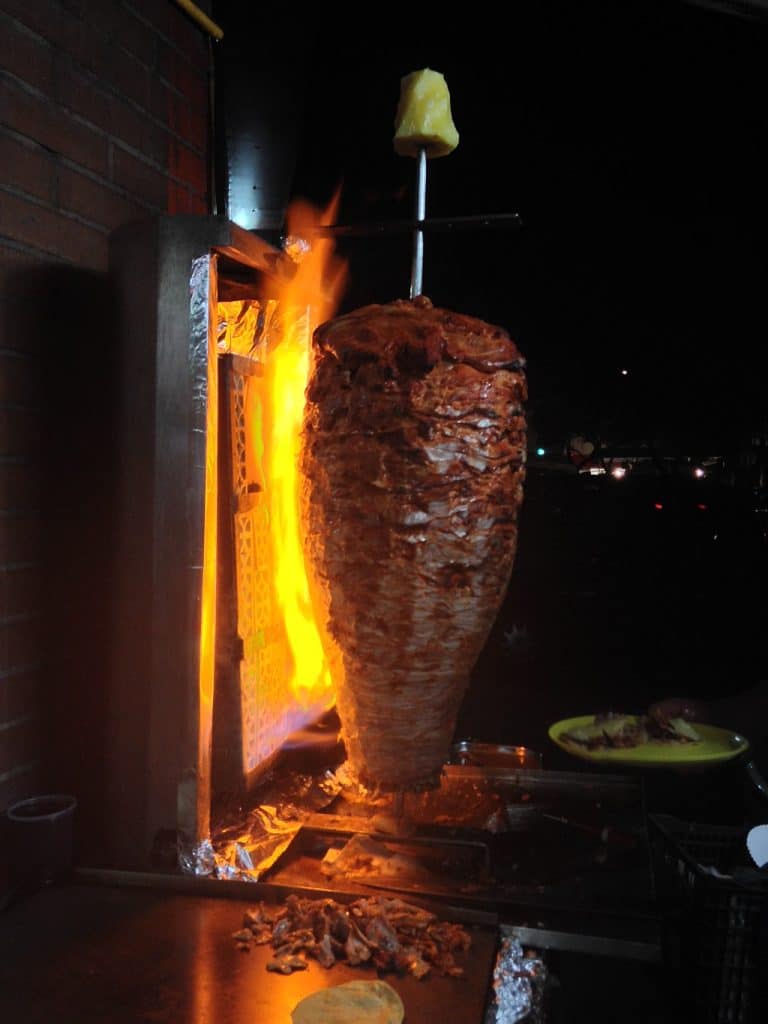
Meanwhile, Pulque is an ancient alcoholic beverage made from the fermented sap of the maguey plant. It has bit of an acquired taste, which I grew to like.
As far as alcoholic beverages go, it is one of the healthiest. There are pulquerias in Centro like Pulqueria La Antigua Roma and Pulqueria Sol de Lluvia.
Terraza Catedral is a rooftop bar overlooking the cathedral. For mezcal enthusiasts, Bosforo is a bar which gets their supply directly from Mezcaleros in Oaxaca.
Meanwhile, Cantina Tio Pepe is a traditional Mexican cantina well worth a visit.
Centro Travel Guide: How to Get There
Centro is easily, and most cheaply, accessed by metro. A single metro ride is only five pesos and tourists can get off at directly in the Zocalo, or main square, at the Zocalo/Tenochtitlan station on line 2.
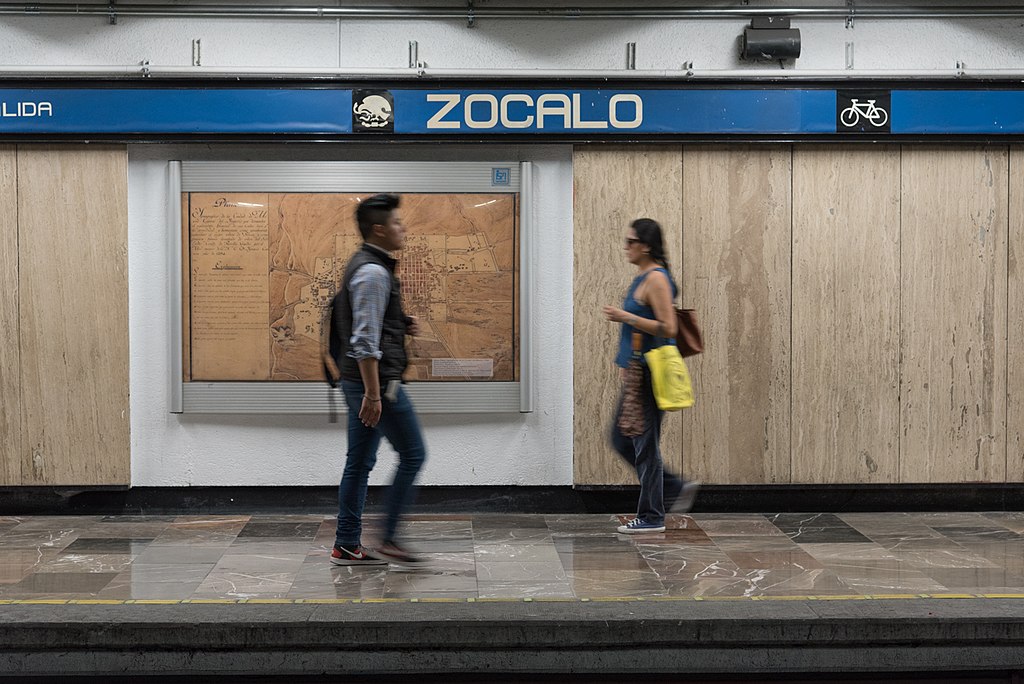
There’s also a Bellas Artes station close to its namesake on line 2. Other options in Centro include the Juarez and Hidalgo stations on line 3 and San Juan de Letran station on line 8.
Line 1 will also be an option for tourists staying on the Reforma corridor and near Chapultepec Park once construction is complete.
Google Maps is a good resource for transit directions and is fairly accurate even given all of the construction work going on.
You’ll be able to get to the Zocalo on public transit from all of Mexico City’s bus stations but I would recommend taking a cheap Uber or Didi from the airport.
Ecobici, Mexico City’s bike share program/app is another option to get to Centro. While intimidating at first, CDMX is surprisingly bike friendly, with plenty of dedicated lanes and stations.
On Sunday, Paseo de Reforma is closed off to automobile traffic and you can bike directly to Centro.
As of September 2024, a one-day Ecobici pass is only 125 pesos. Meanwhile, a week pass is 409 MXN and an annual pass is an incredible deal, at 545 MXN.
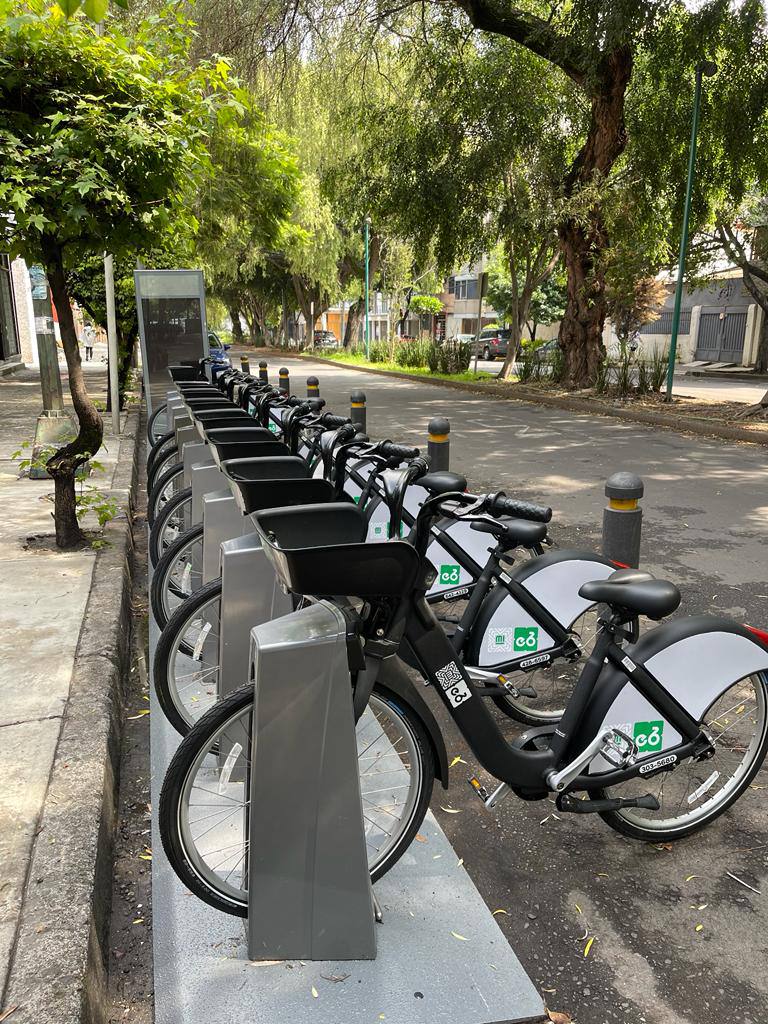
If you’re staying in the Tabacalera neighborhood, Centro is a short walk away. Parts of Roma, Juarez and Cuauhtemoc are also quite close to the city center.
Ubers are quite cheap, especially compared to the USA, so that’s always an option as well. However, traffic in CDMX can get quite bad and public transit is most often quicker than driving.
Where to Stay
Here are a few excellent places our Centro travel guide recommends for CDMX visitors to stay:
Hostel:
Apapacho ($20-25 USD per night)
Budget Hotel:
Hotel Punto MX ($50-90 per night)
Luxury Hotel
Gran Hotel Ciudad de Mexico ($175+ per night)

Of course there are also plenty of other options for backpacker to luxury budgets, and everything in between, on Airbnb and Booking.com.
While I hope this Centro travel guide gives you some inspiration for your next trip to Mexico City, I personally wouldn’t recommend staying overnight in Centro.
I prefer more laid back neighborhoods, like Roma, Coyoacan, Condesa and Del Valle, but it’s up to personal preference. A stay in Centro may end up fitting your itinerary best, especially for a short stay.
